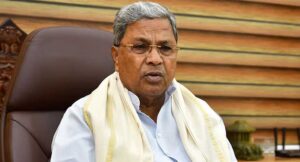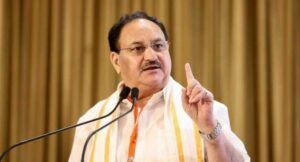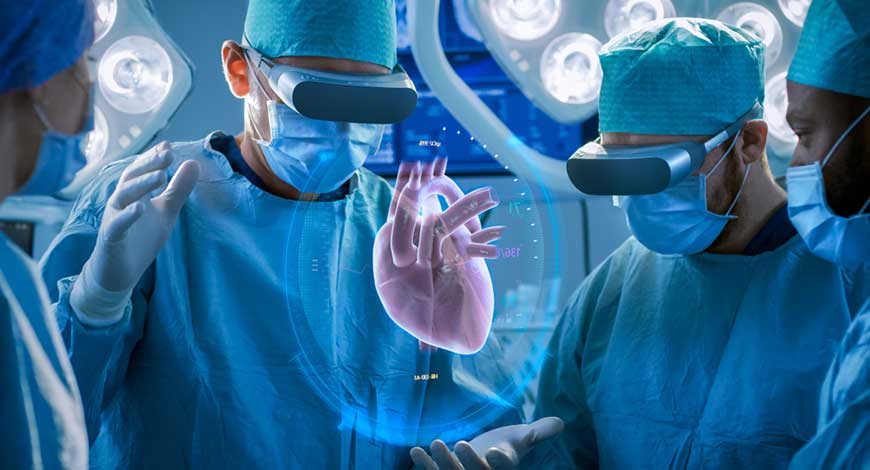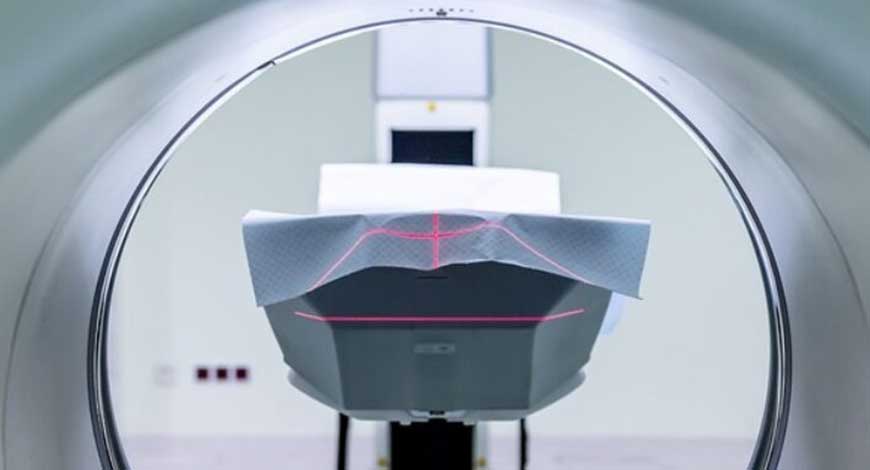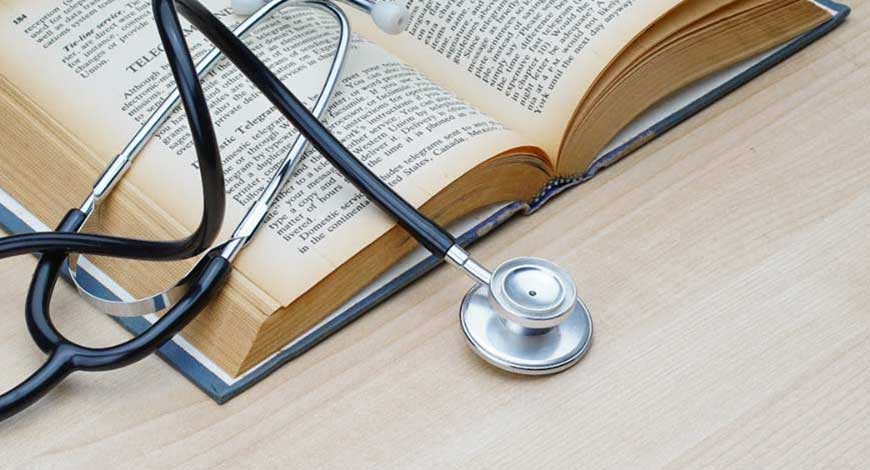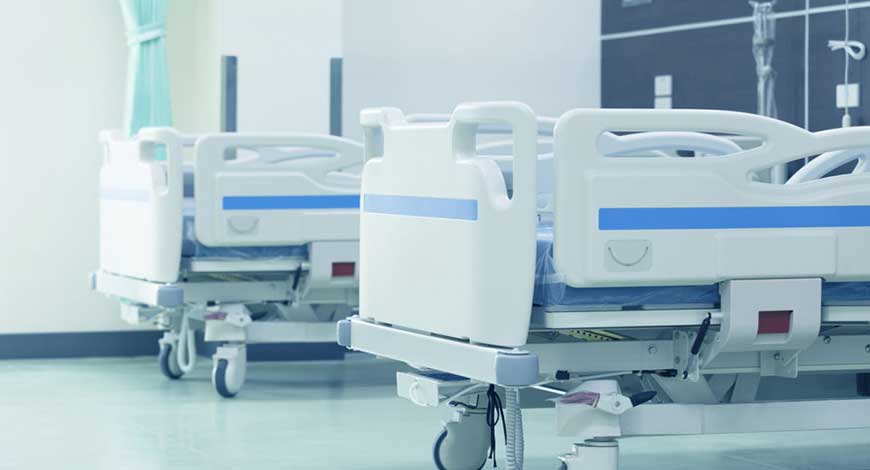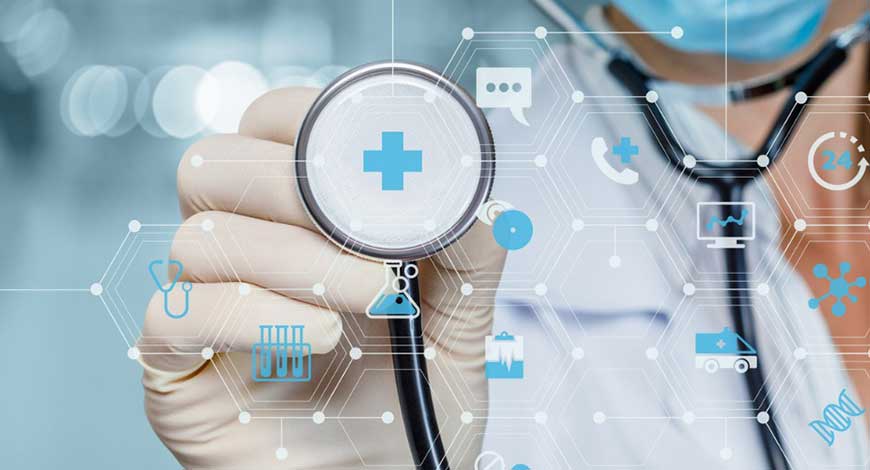Chief Minister Siddaramaiah said that a government medical college and super-specialty hospital should be established in every district of the state.
Speaking at the foundation-laying ceremony of the regional centre of Rajiv Gandhi University of Health Sciences (RGUHS) at Mary Hill in Mangaluru on Friday, he said, “When I was the Finance Minister, an announcement was made to establish a government medical college and a super-specialty hospital in every district. However, this has not yet been materialized in all the districts, including Dakshina Kannada and Udupi. If this is made possible, children from poor and rural backgrounds can also aspire to become doctors.”
“My goal is to have a government medical college in every district. While Mangaluru already has good healthcare services, there is still a need for a government medical college in the district,” said the CM.
The regional centre of RGUHS was announced in the state budget for 2024-25. The Chief Minister said that RGUHS is the largest health university in Asia, with 3.5 lakh medical students and 1,250 affiliated colleges.
“We are working on programmes to make government hospitals appealing enough for even wealthy individuals and politicians like us to choose them for treatment. I have not gone to a government hospital for treatment so far,” he added.
He urged RGUHS to focus more on research to make healthcare services simple and accessible to the public. “I have directed the Institute of Nephro-Urology and Jayadeva Institute of Cardiovascular Sciences and Research to provide free treatment for the poor,” he said.
The Chief Minister shared valuable insights with doctors and medical students about the responsibilities of the medical profession. He said, “Wealthy individuals pay exorbitant fees and receive treatment in private hospitals, but it is the responsibility of doctors in government hospitals to safeguard the health of the poor and rural population. There was a time when people said ‘Vaidyo Narayano Harih’ (a doctor is akin to God). Now, this is said only for compassionate and people-oriented doctors. While there are good doctors, there are also bad ones. However, caring for the poor and providing them with healthcare services is paramount. If this can be achieved, the establishment of government hospitals will be truly meaningful. Government hospitals must operate with a more community-oriented approach.”
Training programmes are being conducted to enhance the skills of students who are availing financial assistance under the Yuvanidhi guarantee scheme. He encouraged medical students to serve in the healthcare sector rather than migrating to other fields.
He also announced that all types of healthcare services would be provided free of cost to families holding BPL cards, and medical colleges have been instructed to implement this directive.
“Around 5,000 people are waiting for kidney transplants in the state. We have skilled medical teams capable of performing kidney transplants daily, provided donors are available,” he added.
The Chief Minister directed that the construction and functioning of the regional office, whose foundation stone was laid, should meet the highest standards of quality.
Minister for Medical Education Dr. Sharanprakash Rudrappa Patil said that the work on the regional centre of RGUHS is in progress in Kalburgi. Similar centres will come up in Mysuru, Davangere, and Bengaluru. The government is committed to improving the healthcare sector in the state. Deccan Herald
